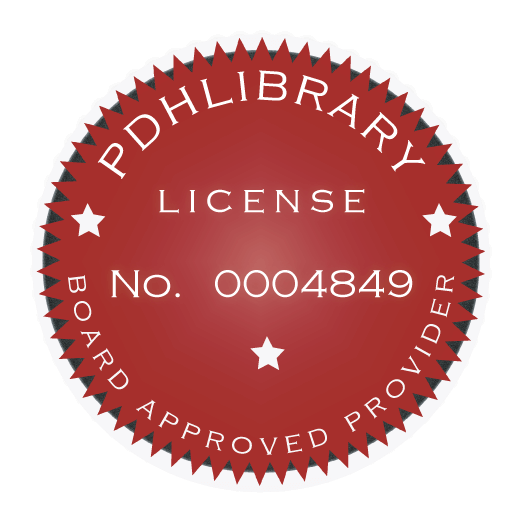Introduction
This course provides a general overview of the use of nuclear fission to generate electricity in the United States. While there have been many types of experimental, research. and demonstration nuclear reactors operated in the United States since the 1950s, this course focuses on the two types of light-water reactors used to generate electricity on a commercial scale today. Across the country, as of the end of 2021, there are over 90 operating reactors at 54 sites located in 28 states. The two type of reactors discussed in this course are Pressurized Water Reactors (PWRs) and Boiling Water Reactors (BWR).
Electrical generation from commercial light water nuclear reactors is similar to any steam generation facility that generates heat by burning fossil fuels. The difference is the source of heat (i.e., nuclear fission versus combustion of carbon-based fuels). This course provides a summary description of how each type of reactor uses the heat generated by nuclear fission to make the steam that spins the turbine-generator to generate the electricity supplied to the nationwide grid. Because there are significant differences in the finer details of operation, system design, and transient response for the two reactor types, this course is kept at a high level, with distinctions made between the designs, where appropriate.
Learning Objectives
After reading the course materials, the student will be able to describe how the heat from nuclear fission is used to generate electricity, the keys differences between the design and operation of a PWR reactor plant and a BWR reactor plant. The student will also become familiar with the mechanical, electrical, and instrumentation and control system designs, as well as how the plants respond to postulated accident events.

